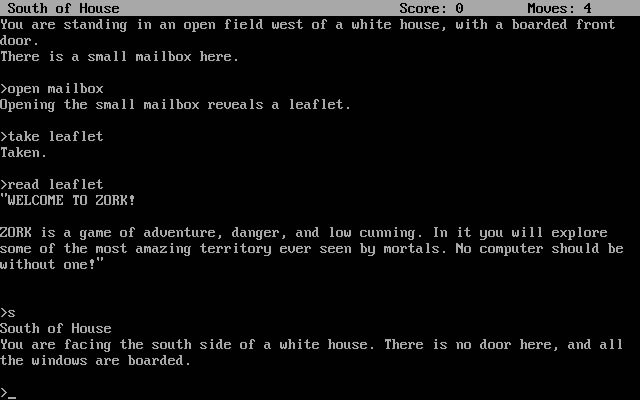Feelies: cool items included in the original box

Game feelies are physical items included with video games, especially prevalent during the era of boxed PC games, that enhance the immersive experience for players. These tangible extras provide additional context and lore, or simply serve as fun collectibles that deepen the connection to the game's world and storyline. Feelies were particularly popular in the 1980s and 1990s, with adventure games and RPGs often including them to create a richer and more engaging experience.
Feelies could encompass a wide variety of items. Detailed maps of the game world were common, helping players navigate and immerse themselves in the setting. Manuals and guides often accompanied these games, offering background stories, character descriptions, and gameplay tips. Letters and diaries written from the perspectives of in-game characters provided personal insights and expanded the narrative. Physical artifacts, such as coins, keys, amulets, or other trinkets representing objects within the game, made the fictional world feel more real. Code wheels and decoders added an interactive layer, allowing players to solve puzzles or unlock secrets, blending physical and digital gameplay.
For instance, the "Zork" series by Infocom is renowned for its elaborate feelies. These games often came in boxes containing a variety of items like maps, coins, and manuals, all designed to enhance the player's adventure. The inclusion of such feelies not only provided practical information but also added to the overall atmosphere and storytelling. Similarly, the "Ultima" series by Origin Systems featured feelies such as cloth maps and magical amulets, which contributed to the fantasy setting and gave players tangible connections to the game's universe.
These physical additions were more than just novelties; they played a crucial role in immersing players in the game world. By offering a tactile experience, feelies helped bridge the gap between the player's reality and the game's fiction. They allowed players to hold a piece of the game world in their hands, making the overall experience more engaging and memorable.
Find out more
